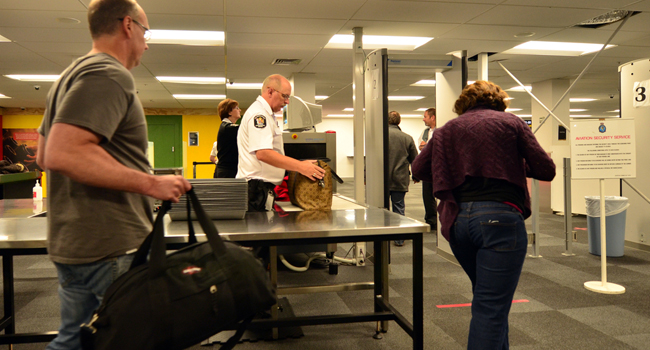
TSA Fails to Find 95 Percent of Weapons in Undercover Tests
The tests were conducted by Homeland Security Red Teams
- By Matt Holden
- Jun 04, 2015
Members of the Transportation Security Administration (TSA) failed to detect weapons and explosives in 67 out of 70 trials, leading to a 95 percent fail rate. The tests were conducted by Homeland Security Red Teams, whose members posed as passengers trying to beat the security system.
According to a report, one case involved an agent setting off a metal detector and TSA agents failing to find a fake explosive taped to his back during a pat-down. The Department of Homeland Security has since reassigned the TSA’s acting administrator, Melvin Carraway, and called for immediate reforms.
About the Author
Matt Holden is an Associate Content Editor for 1105 Media, Inc. He received his MFA and BA in journalism from Ball State University in Muncie, Indiana. He currently writes and edits for Occupational Health & Safety magazine, and Security Today.